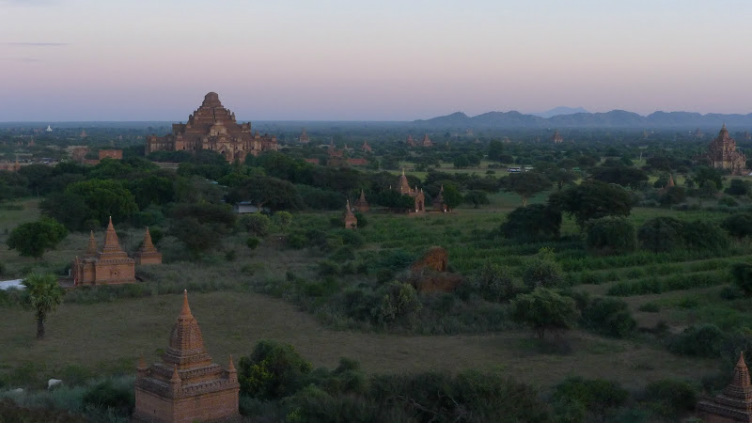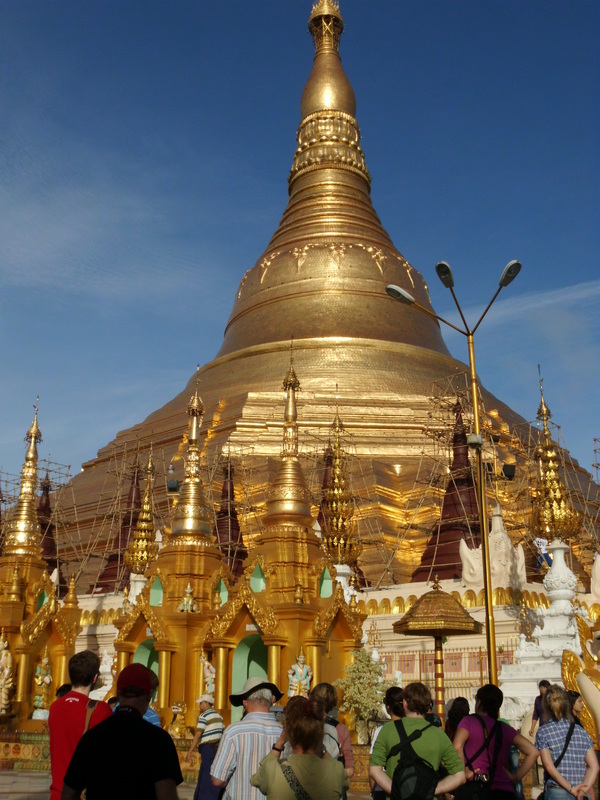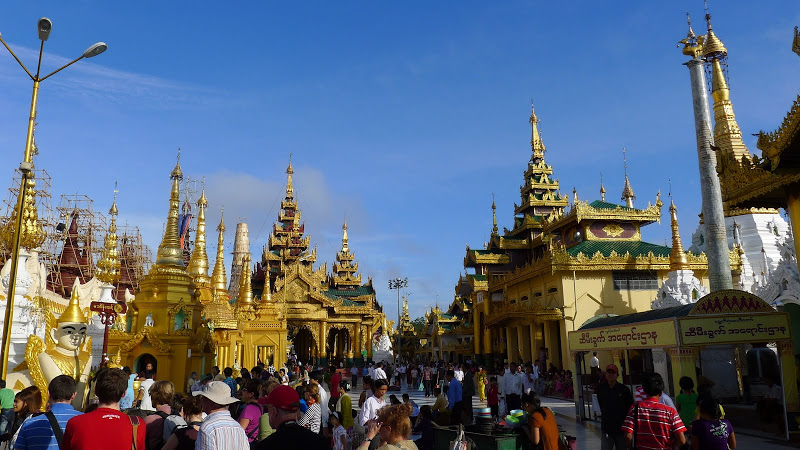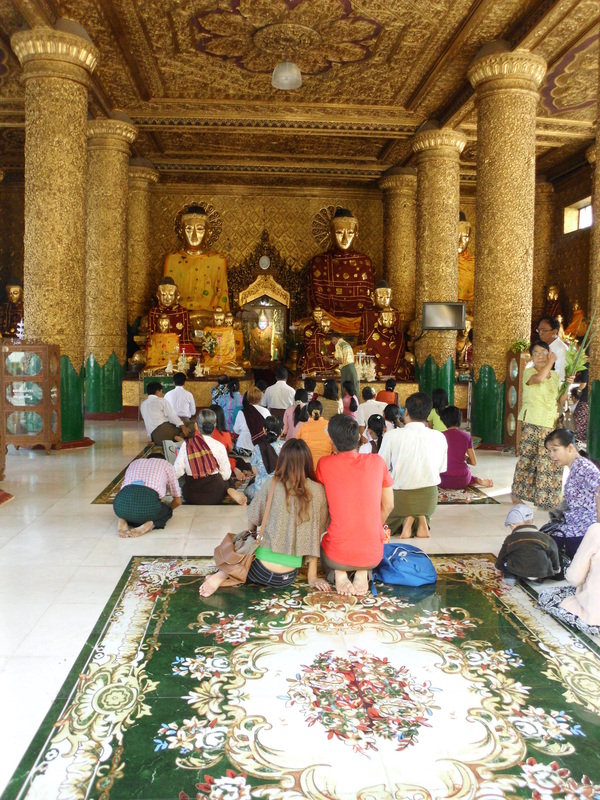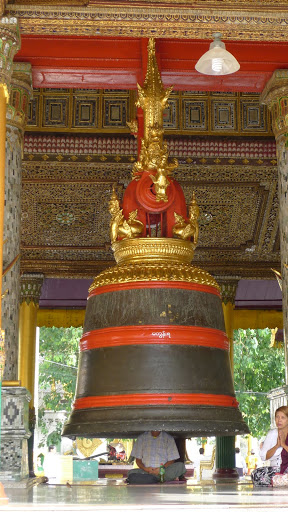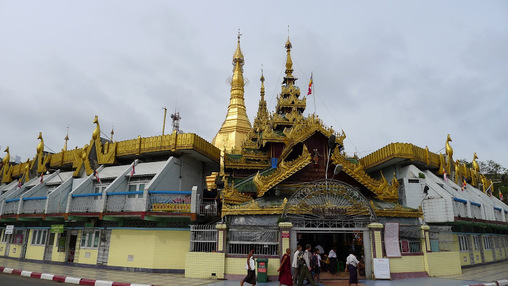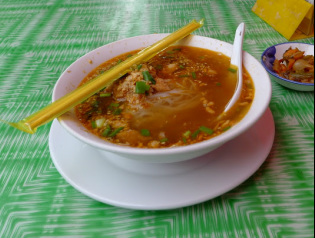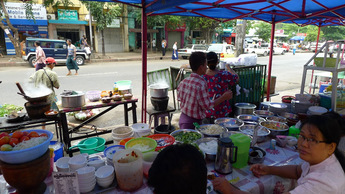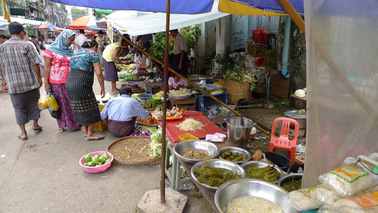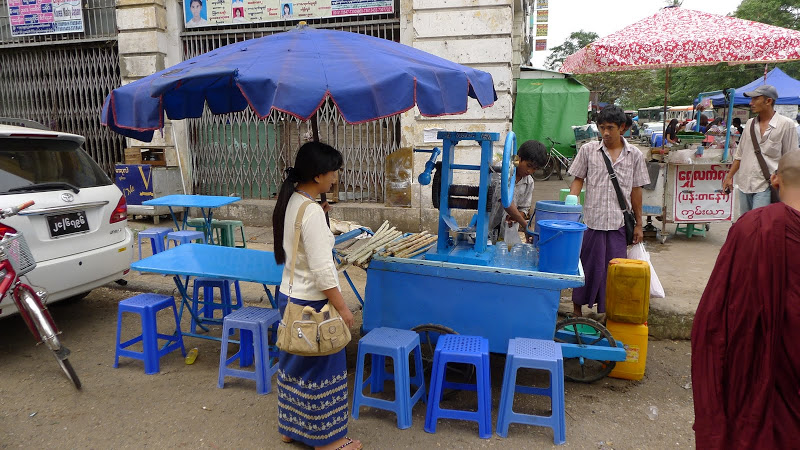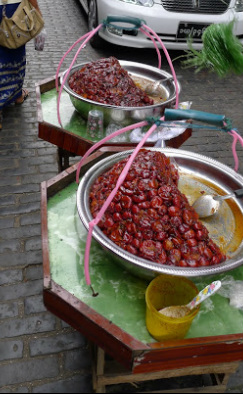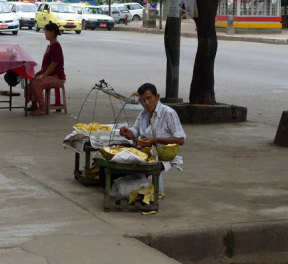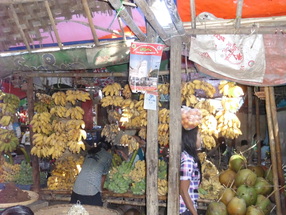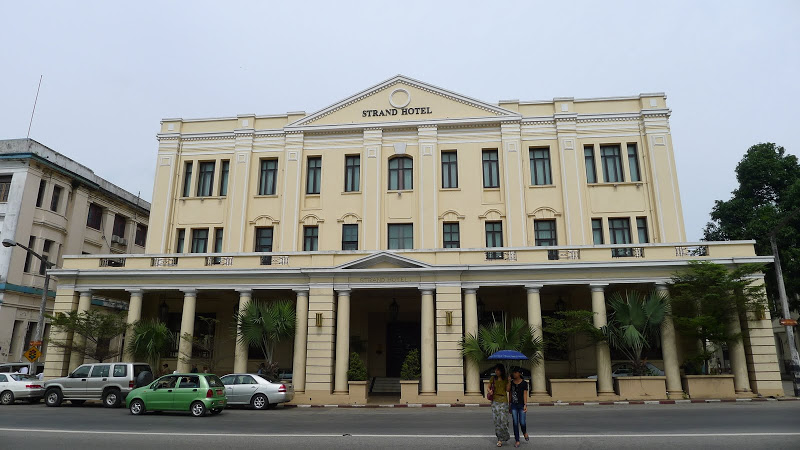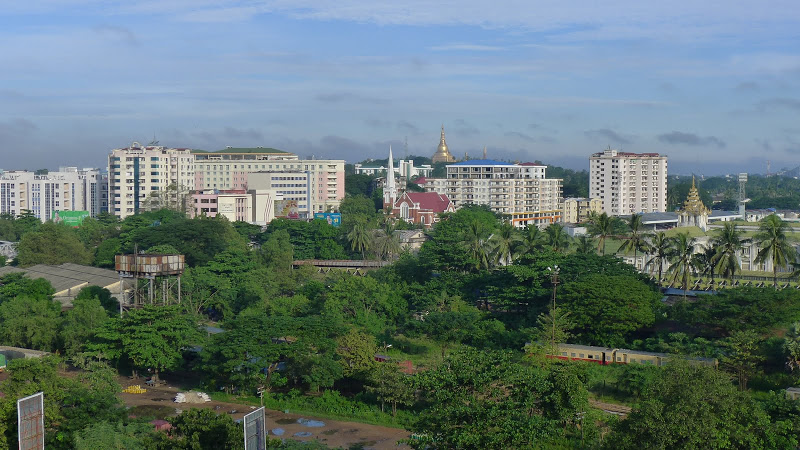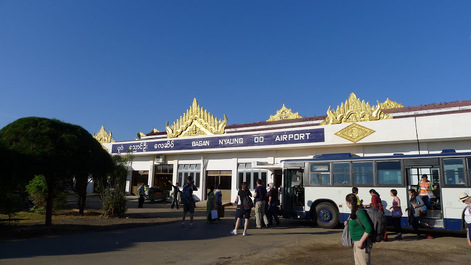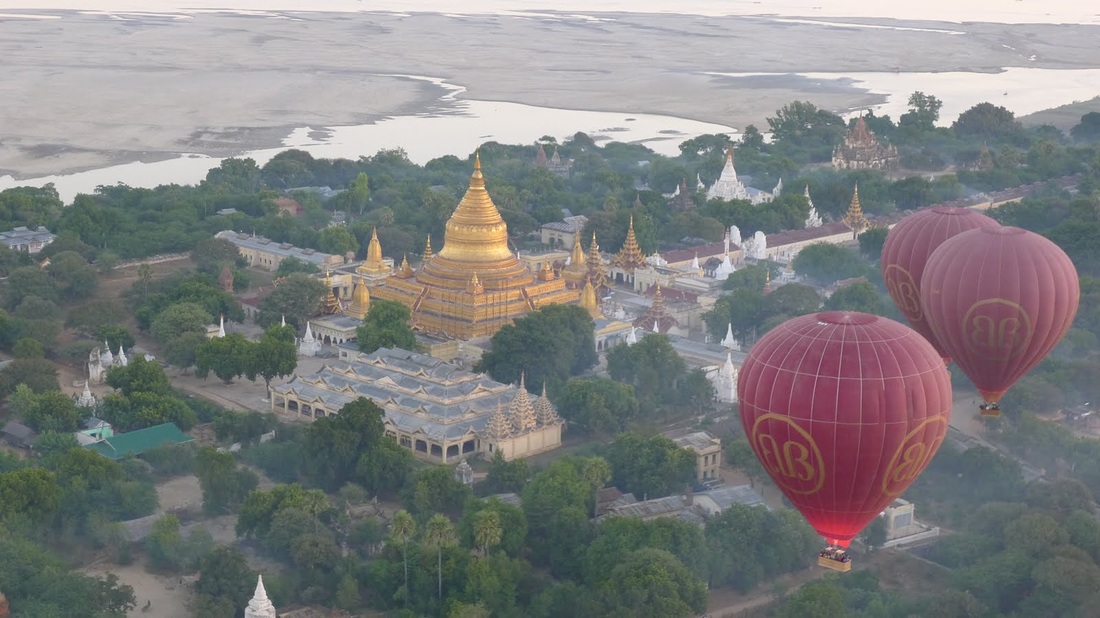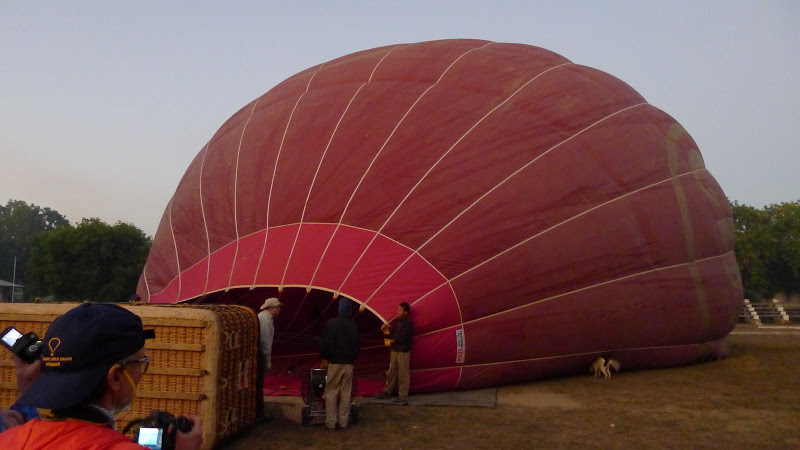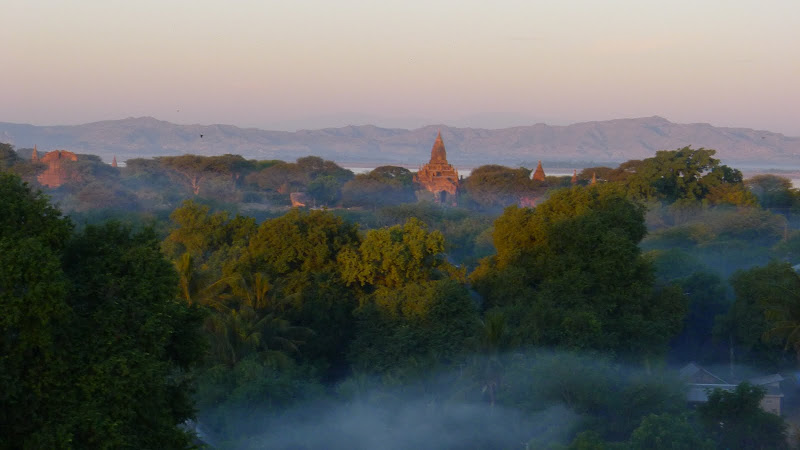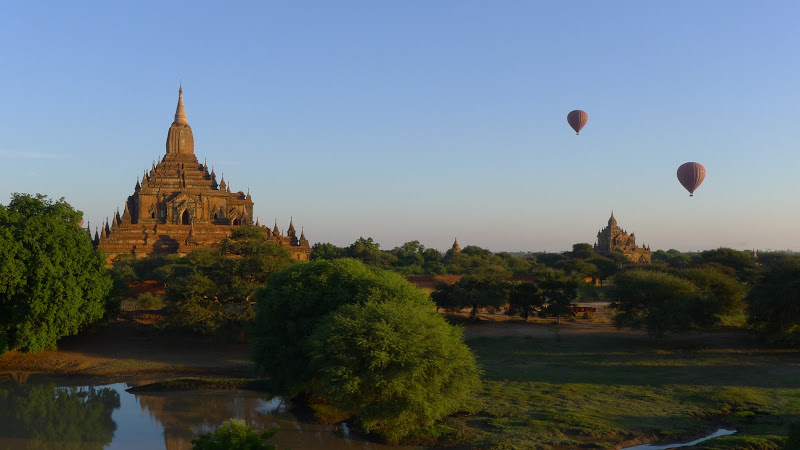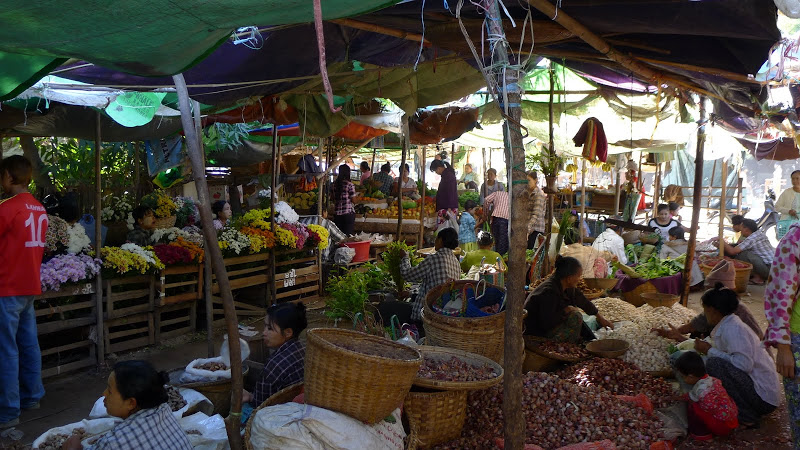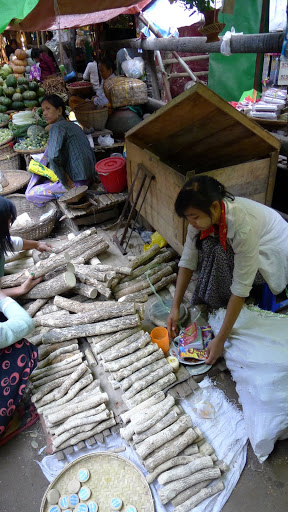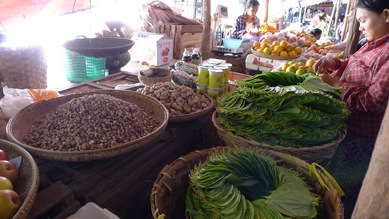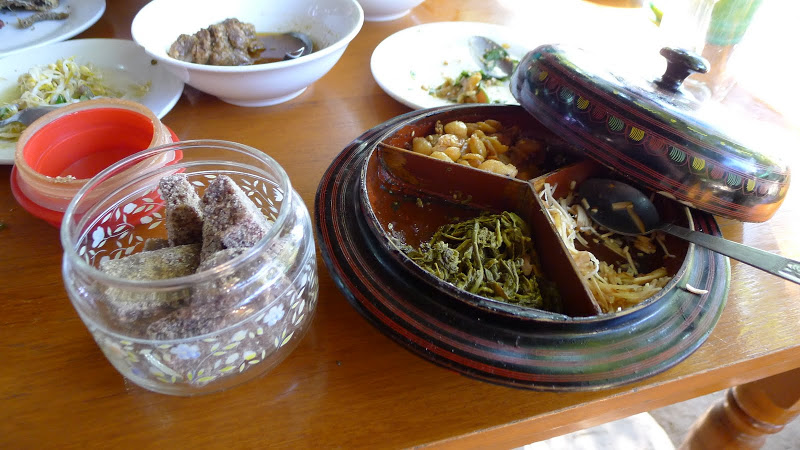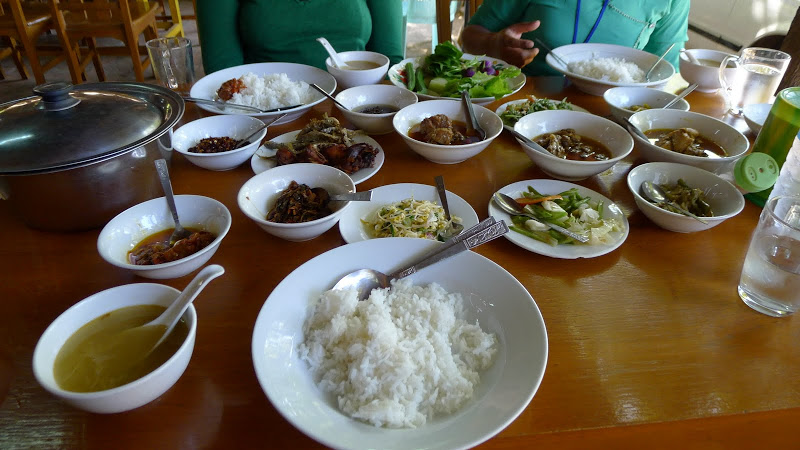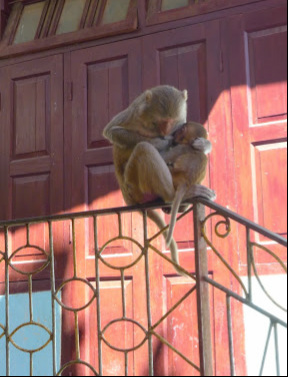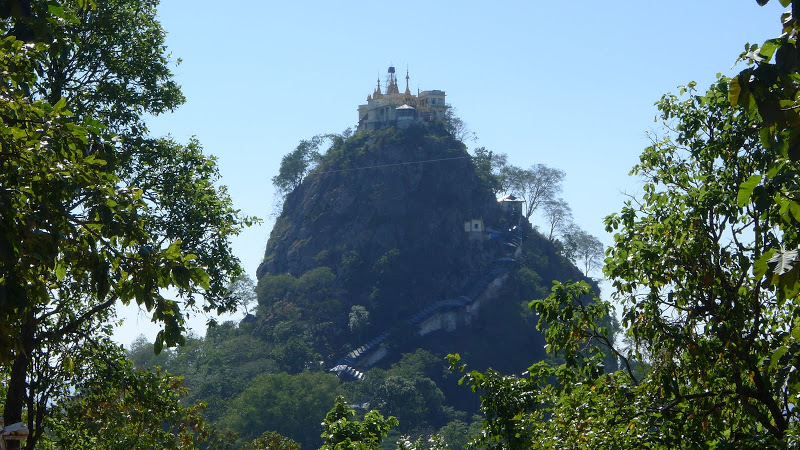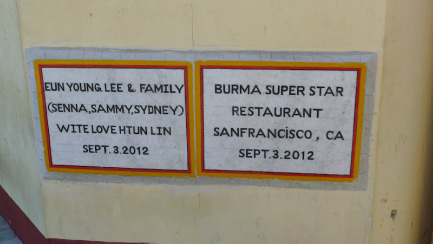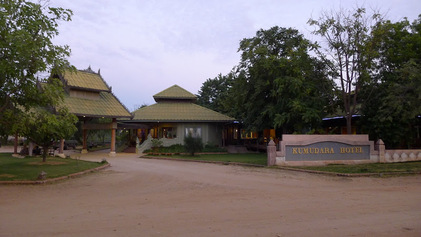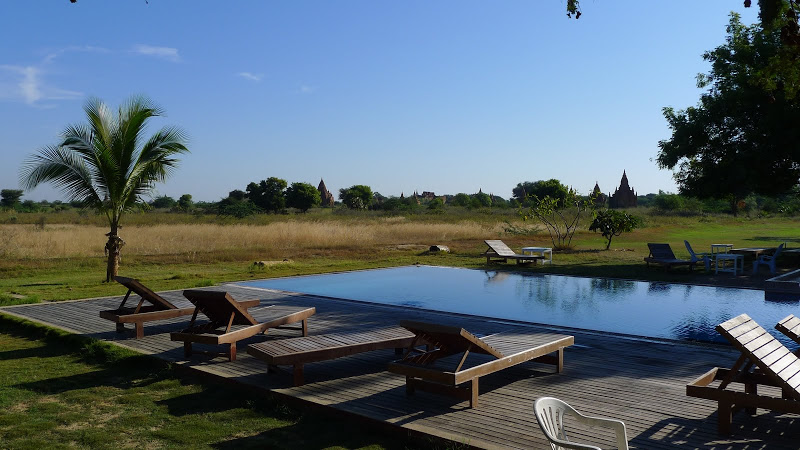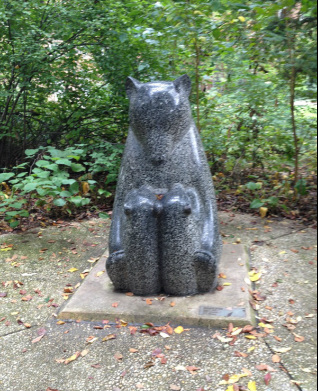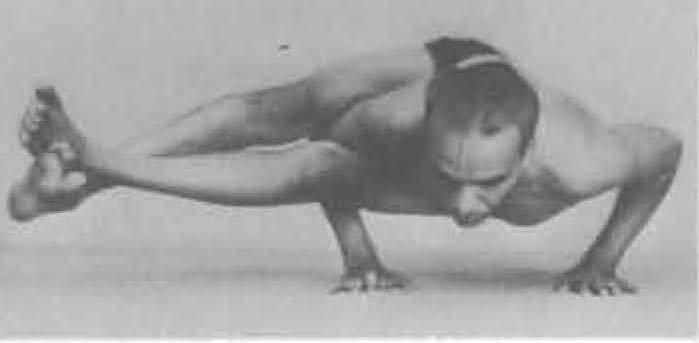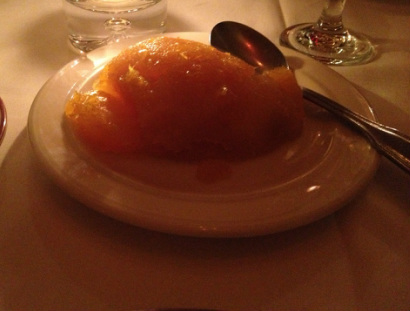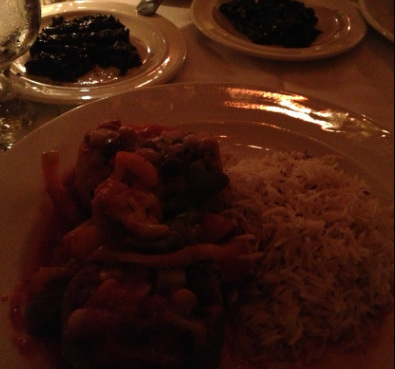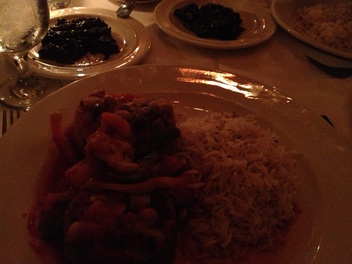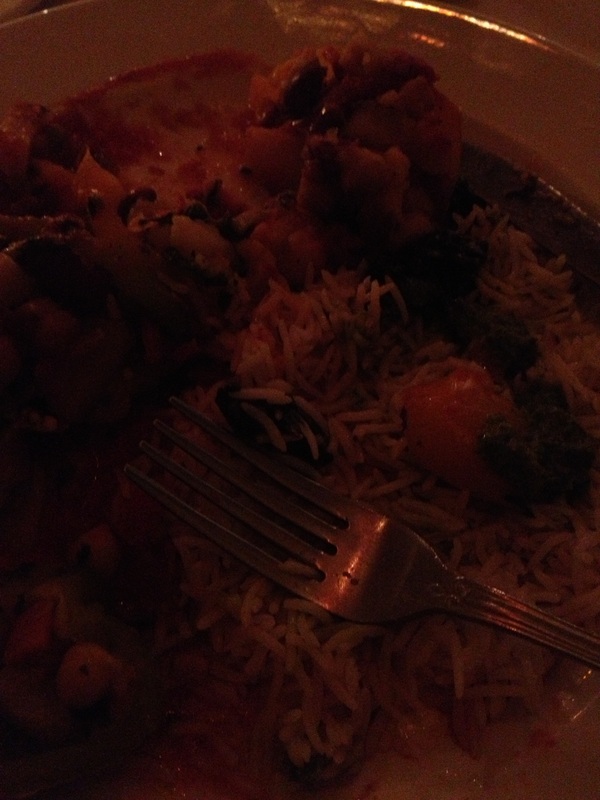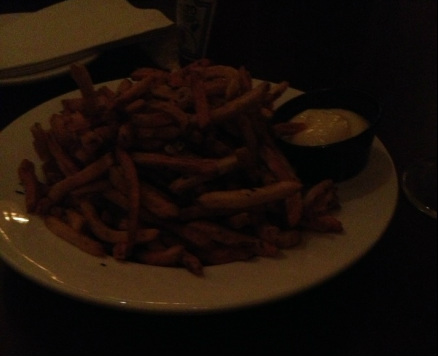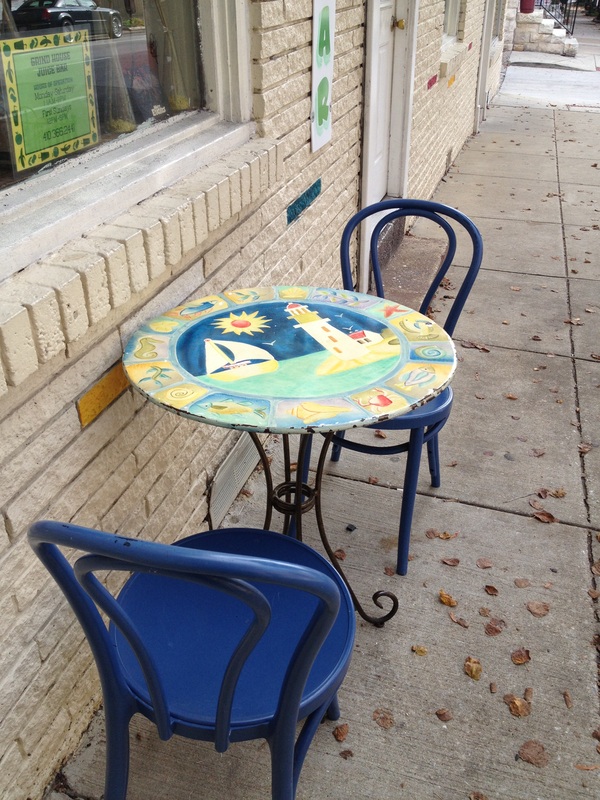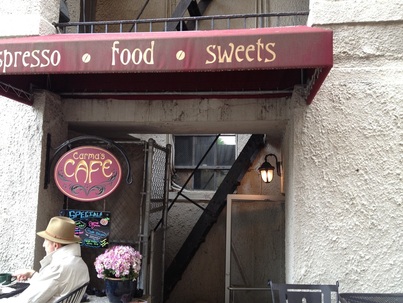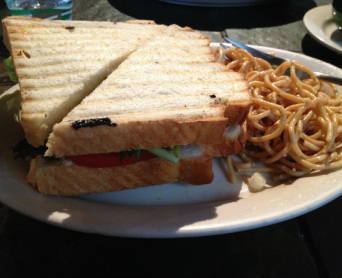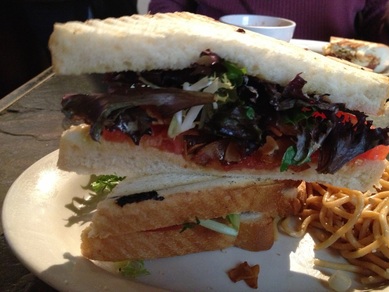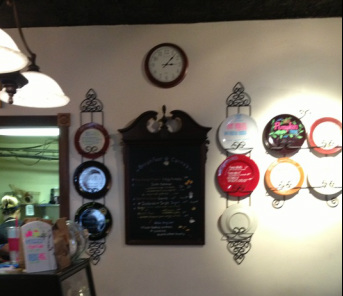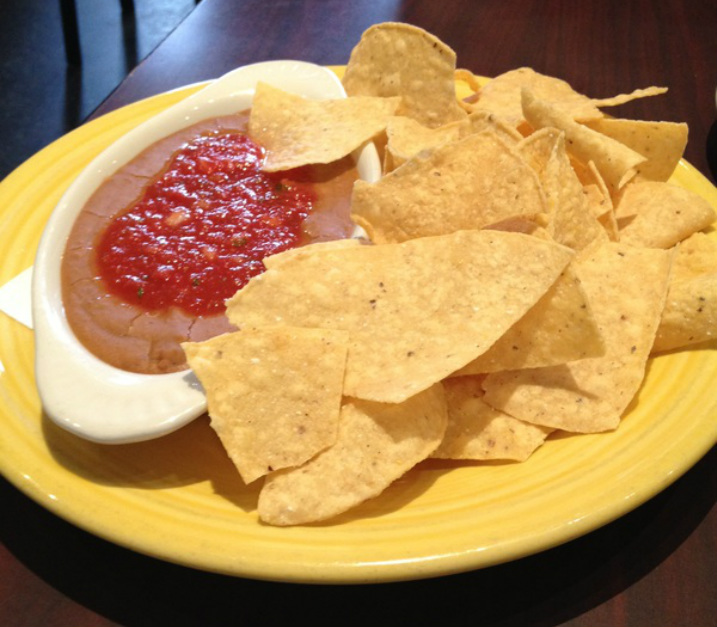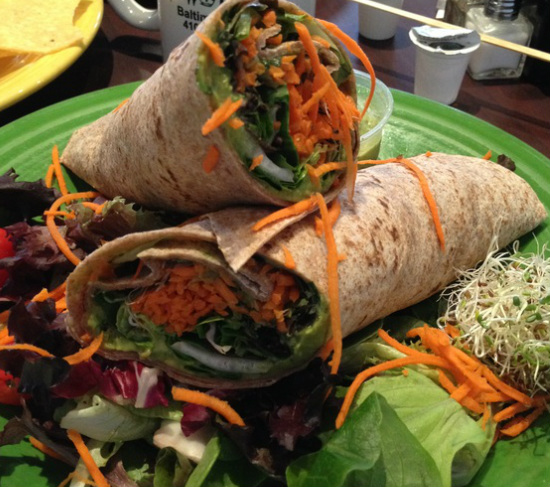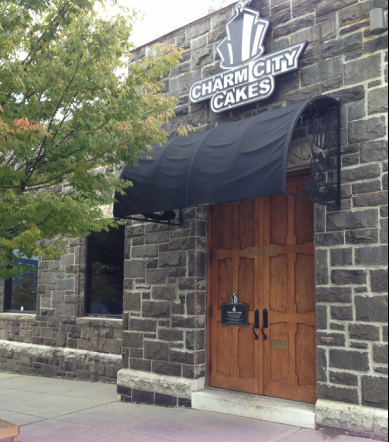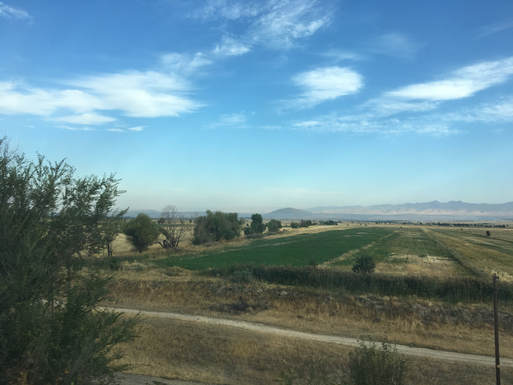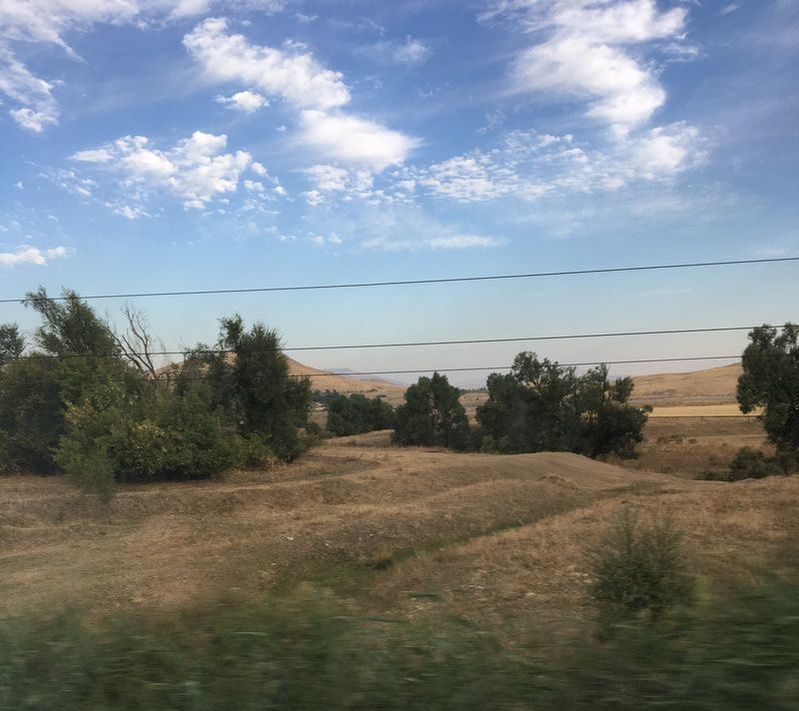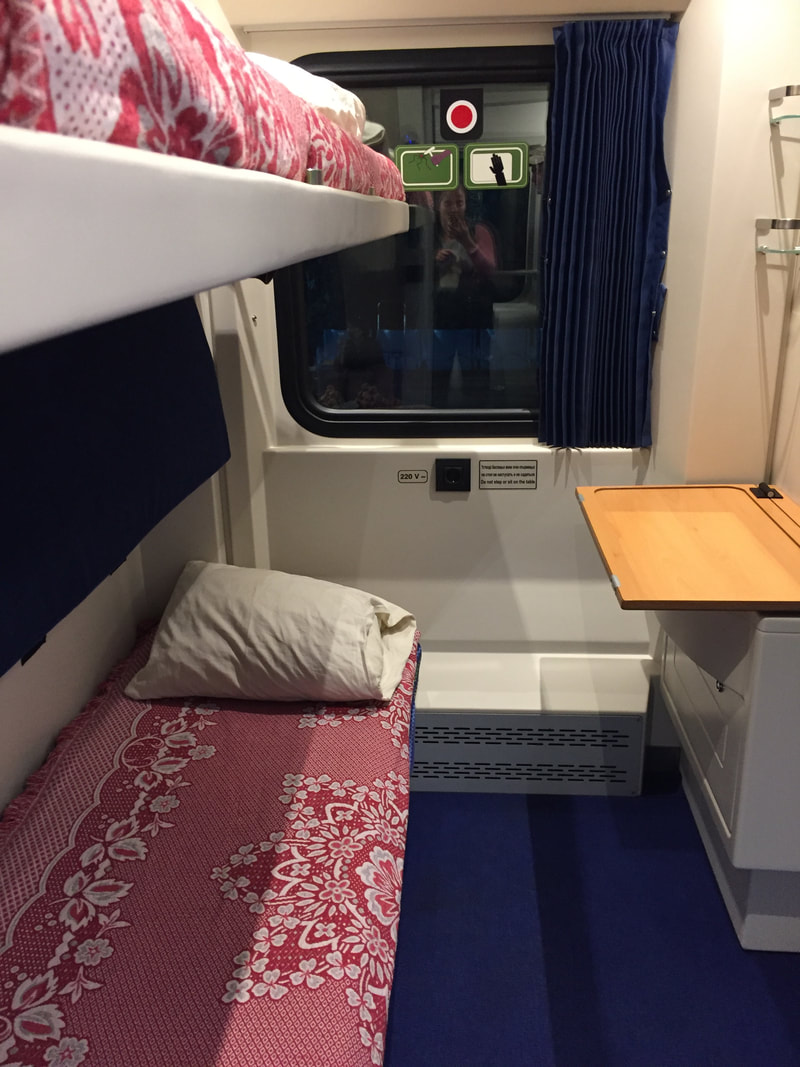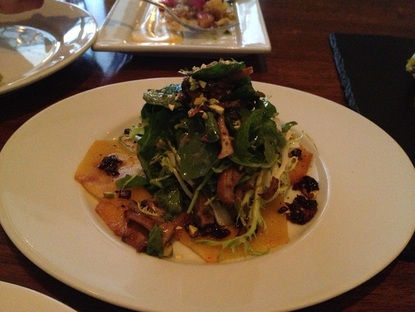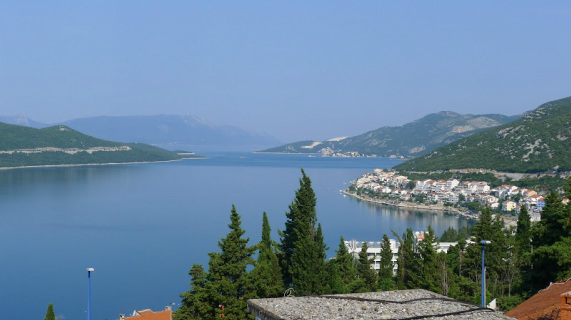 Dubrovnik & Montenegro: Cliff-Jumping, Kayaking, & Beachingby Randi / August 31, 2013
Dubrovnik & Montenegro: Cliff-Jumping, Kayaking, & Beachingby Randi / August 31, 2013 Before I went to Myanmar, better known as Burma, last year, my knowledge of the military-ruled country came courtesy of J. Peterman on Seinfeld. I assumed that when I arrived, I’d be able to buy melons off of boys’ motorbikes. While this was essentially true, I also learned so much about this very problematic yet alluring country, and had the time of my life.
First off: My boyfriend and I consider ourselves intrepid travelers and we like to plan everything ourselves in the most authentic way possible. However, all of our initial research about traveling in Burma recommended having a private company book everything in advance in order to avoid common problems with corruption and bribery. Considering how difficult the decision to actually go to Burma was, since we’d be supporting the horrible government with at least some of our dollars, we had the great people at Santa Maria Travels & Tours book our hotels, internal flights, and activities. Using a company like Santa Maria helps ensure that you stay in privately owned hotels, rather than state-owned, so a small percentage of your money would go to the government, rather than all of it. Having contacts in the country to help us should problems arise (and arise they did) definitely helped make this challenging trip a bit more manageable. (Also, what finally convinced me to take this trip? That President Obama had decided to go there, arriving just when we were leaving. Also, Anthony Bourdain came around then too.)
Immediately upon landing in Yangon (Rangoon), our first guide met us and took us to Shwedagon Paya, the most famous pagoda in Myanmar. (Ok, you are correct that I keep switching between Myanmar and Burma. Myanmar is the official name, changed by the military government in 1989, but many people we met were not happy about that. So I’m going to go with whatever sounds best in each sentence.) The most sacred pagoda for the Burmese Buddhist people, Shwedagon Paya is also the grandest and most famous.
First off: My boyfriend and I consider ourselves intrepid travelers and we like to plan everything ourselves in the most authentic way possible. However, all of our initial research about traveling in Burma recommended having a private company book everything in advance in order to avoid common problems with corruption and bribery. Considering how difficult the decision to actually go to Burma was, since we’d be supporting the horrible government with at least some of our dollars, we had the great people at Santa Maria Travels & Tours book our hotels, internal flights, and activities. Using a company like Santa Maria helps ensure that you stay in privately owned hotels, rather than state-owned, so a small percentage of your money would go to the government, rather than all of it. Having contacts in the country to help us should problems arise (and arise they did) definitely helped make this challenging trip a bit more manageable. (Also, what finally convinced me to take this trip? That President Obama had decided to go there, arriving just when we were leaving. Also, Anthony Bourdain came around then too.)
Immediately upon landing in Yangon (Rangoon), our first guide met us and took us to Shwedagon Paya, the most famous pagoda in Myanmar. (Ok, you are correct that I keep switching between Myanmar and Burma. Myanmar is the official name, changed by the military government in 1989, but many people we met were not happy about that. So I’m going to go with whatever sounds best in each sentence.) The most sacred pagoda for the Burmese Buddhist people, Shwedagon Paya is also the grandest and most famous.
Next, we went to Sule Pagoda, located in downtown Yangon. It was suspposedly built before Shwedagon Paya, and is 2500 years old. To reach it, no matter your mode of transport, you have to risk your life and cross the most insane intersection in the eastern hemisphere. So scary!
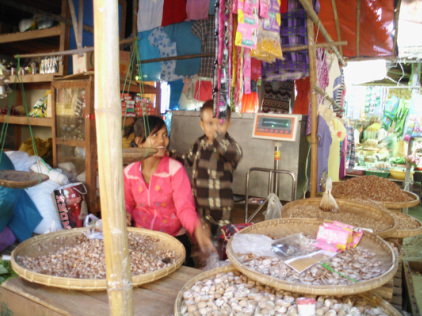 A stall in one of the food markets of Yangon.
A stall in one of the food markets of Yangon.
We visited a few other pagodas in Yangon, and then we finally ate! I didn’t have much trouble finding vegan options in this Buddhist country: The main way of eating is a varied spread of curries, and you can just request the vegetarian curries. There are also salads served, but don’t eat raw vegetables or fruit here that you can’t peel! Danger! (Take it from me and my few days wasted from what I thought was cholera. I knowwww.) Our first meal was soupy noodle bowls made in 2 minutes on the street. Street food is the best, right? It was so good.
Most of the streets are covered with vendors of all sorts, but mainly food. We tried as much as we could, and most of it was good (all of it was interesting!).
|
|
About that red food to the left, oh my. It’s some kind of very popular candied fruit we tried at the behest of our guide, who ate a ton of it. I thought it was tomato, my boyfriend thought it was plum. Our guide didn’t know the English word for what it was. There probably is no English word for what this was. There will never be an answer, and you could not pay me to try it again. Well, maybe you could, I’ve had grosser things in my life. |
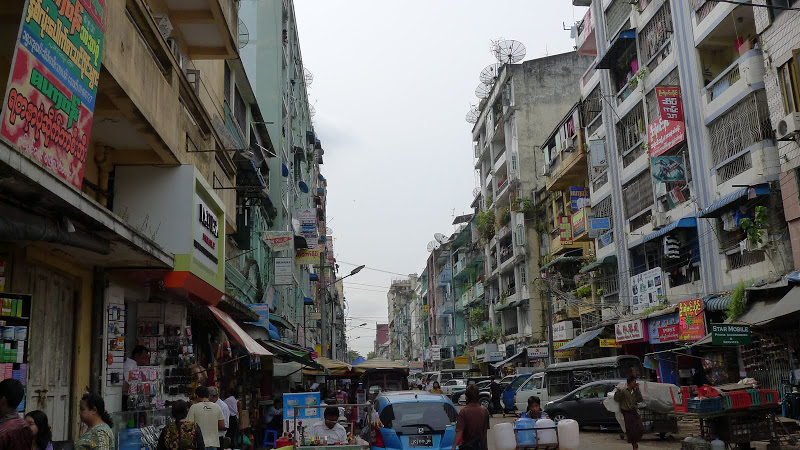
The busy, overcrowded streets of Yangon. This view is more representative of the city than the shiny gold pagodas. The cities, the everyday lives of the Burmese people, are gritty, and so much money (so much) goes to beautifying the pagoda sites, covering them with gold leaf while most people live in poverty.
Our time in Yangon/Rangoon was eye-opening and really special. It was a great introduction to and preparation for the rest of the country. However, nothing could prepare us for our second stop of our journey – one of the most beautiful places in the entire world, Bagan, Burma.
Bagan is an unbelievably special place. If you are coming to this part of the world, you need to go to Bagan. Oh, about traveling within the country: You can get around by train and bus, but flying is the way to go. Trains and buses can sometimes take days, seriously, because of frequent delays, so air travel is the most common form. The flights are short from town to town (our longest was probably an hour), and they are usually on time. However…they are frightening. I was white-knuckling it during each of four or five flights we took. Luckily, we safely arrived each time. I don’t want to dissuade you from flying (you do not want to miss so much time with ground travel), but you should be prepared for these bucket-jumpers.
The main thing to do in Bagan is visit some of the beautiful red brick pagodas pictured above. (I won’t be sharing many pictures of the insides and the Buddhas – it’s possibly sacrilege.) We went in so many, by the end of the first day I was begging to never see another pagoda in my life. However, the next morning changed everything…
The main thing to do in Bagan is visit some of the beautiful red brick pagodas pictured above. (I won’t be sharing many pictures of the insides and the Buddhas – it’s possibly sacrilege.) We went in so many, by the end of the first day I was begging to never see another pagoda in my life. However, the next morning changed everything…
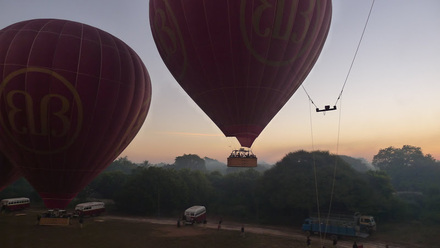 Taking off in the balloons at dawn
Taking off in the balloons at dawn
If you are going to Burma, you MUST go to Bagan, and you MUST take a hot-air balloon ride with Balloons Over Bagan, a company run by an Englishman named Lee. This was the most incredible experience, and you will not find any better view that this! This is the #1 reason I want to return to Burma. (It didn’t hurt that I was in the balloon with Lee! Such luck!) I’m going to share a crap load of pictures with you, because I can’t do justice to this experience with words.
The markets all throughout Burma were also incredible. In Bagan, we saw the most varied types of produce, nuts, and even tofu for sale. The main thing they sell to tourists are the longyis, the type of garment most people wear (like kilts, or sarongs).
Bagan is a convenient jumping off point for visiting Mount Popa, a beautiful volcano (inactive, I hope) with a monastery atop it. It’s a few hours drive from Bagan, and then a really long climb to the top. Bear it mind that the climb is done barefoot, as you cannot enter any pagoda or sacred space in shoes. The walk was covered with monkey poop thanks to the guys at left and their friends. It was worth the trouble though! Cutes! But don’t touch them! Diseases!
On the walk up, there are also people (mostly children) selling all kinds of things, from longyis and food to the same old tourist souvenirs being sold outside every pagoda. (It takes something away from the experience, to encounter the throngs of impoverished children everywhere you go and not be able to really help them.)
On the walk up, there are also people (mostly children) selling all kinds of things, from longyis and food to the same old tourist souvenirs being sold outside every pagoda. (It takes something away from the experience, to encounter the throngs of impoverished children everywhere you go and not be able to really help them.)
One of the coolest things about Mount Popa? At the top, they have little plaques commemorating all of the donors to the pagoda. Imagine my delight when I saw one for Burma Super Star, the great Burmese restaurant in San Francisco! So fun!
All in all, Bagan was just an incredible experience. We stayed in a bungaloo at the Kumudara Hotel, which as far as I can remember was the best we stayed in in all of Burma. I definitely recommend it – it had a pool! And, check out the view beyond the pool below. It’s amazing. Stay tuned for posts on the rest of my journey through Burma!


